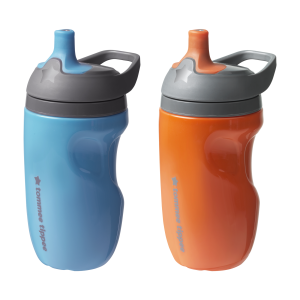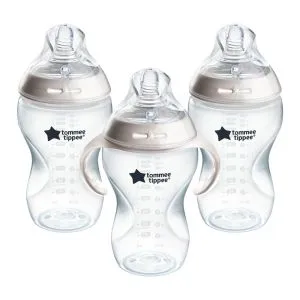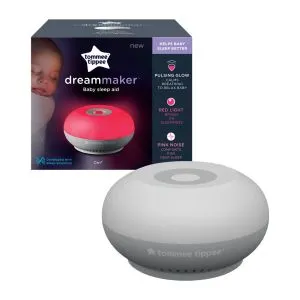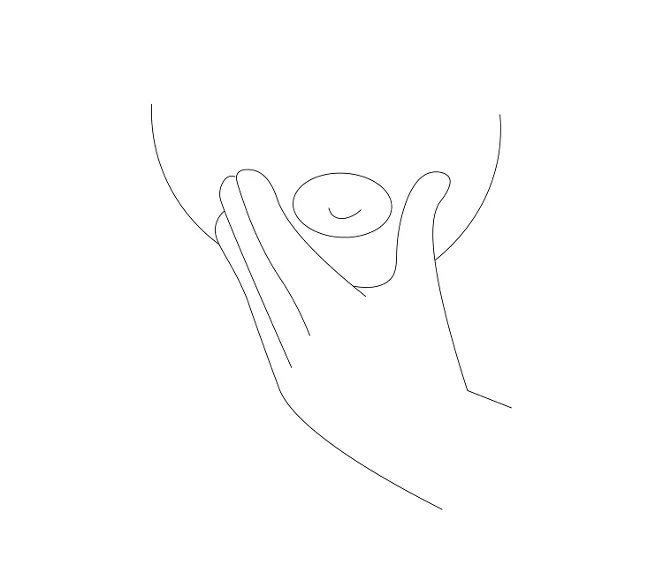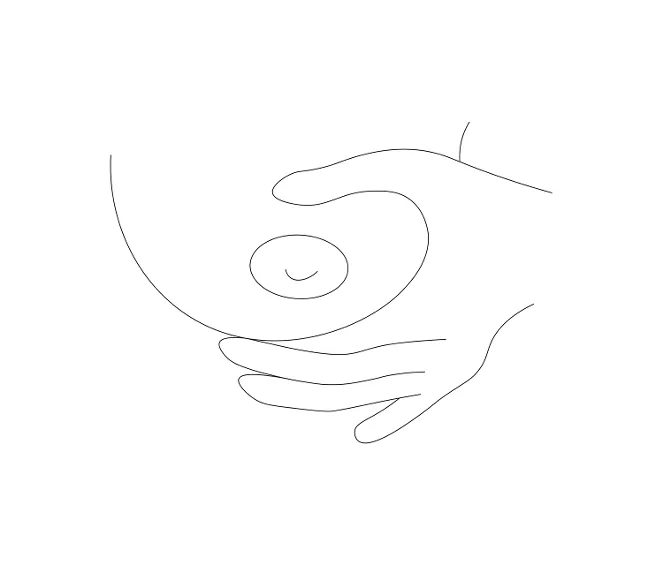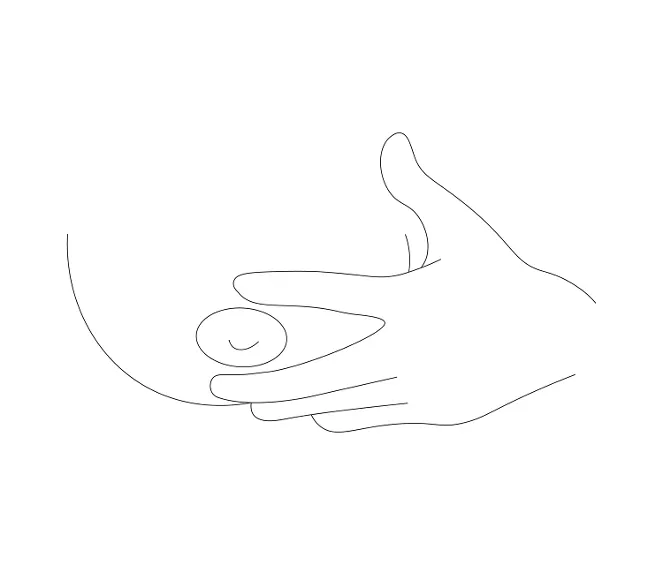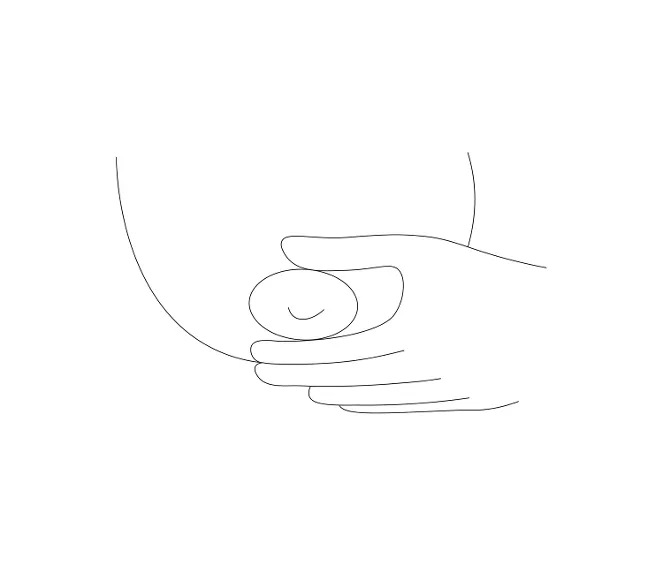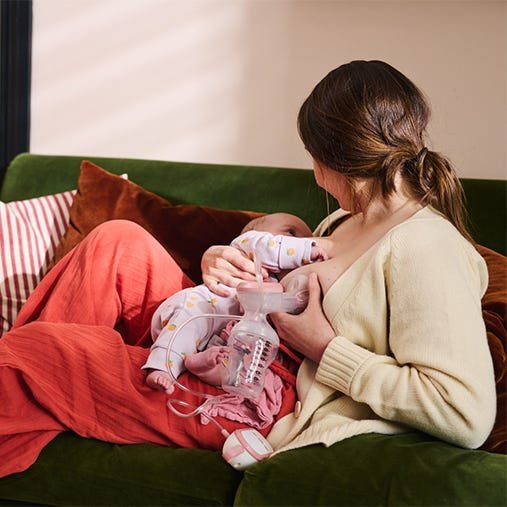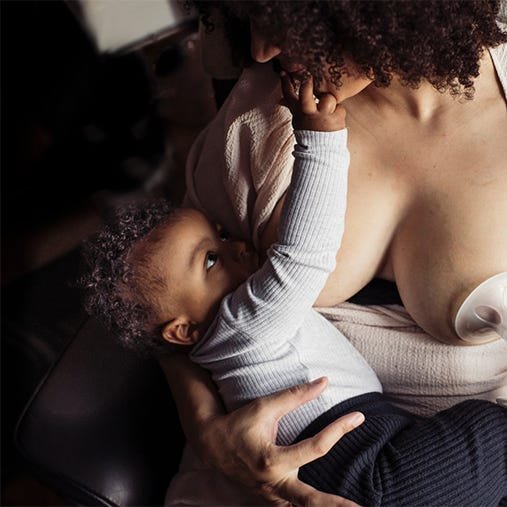Breastfeeding can initially seem complicated and confusing for some parents and babies. But with a little patience and practice, you'll both soon get into the swing of it and find a breastfeeding position that's comfortable and effective.
There are lots of different positions for breastfeeding, and you don't have to stick to just one or two. You can use a different position for each breastfeeding session if you wish.
You'll probably find that it takes a few tries before you find which positions work well, and it's simply a case of trying them out to see which feels best for you and your little one!
Popular breastfeeding positions for newborns
Before you start a breastfeeding session, it's a good idea to make sure you're comfortable and that you have everything you need close by, including a big drink of water to keep you hydrated!
Breastfeeding lying down
There are multiple benefits to breastfeeding positions that allow you to feed while lying down or from bed. These positions can sometimes be more comfortable for parents (especially for those who are recovering from a C-section). They can also be more convenient for night feeds, and potentially help to relieve the uncomfortable symptoms caused by clogged ducts.
Breastfeeding while lying down is safe when done correctly, but it's best to practice these positions during the day, always avoid falling asleep while feeding, and make sure that the space around you is free from excess bedding which could pose a risk to your baby.
Laid-back breastfeeding
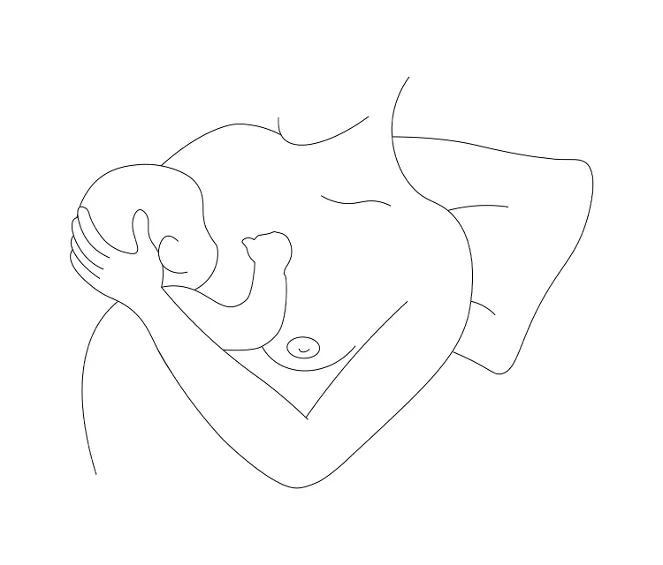
Also known as 'biological nursing', the laid-back breastfeeding position for babies gives you and your baby snug comfort and support. Simply lean back on your bed or in a chair and support yourself with pillows in a position that's semi-reclined. This position encourages your baby to latch on naturally, and all you need do is lie back and relax.
This position is good for:
- Babies of all sizes
- Those who want a more relaxed, baby-led feed
- Feeding twins
- Parents who want to slow their milk flow
Side-lying
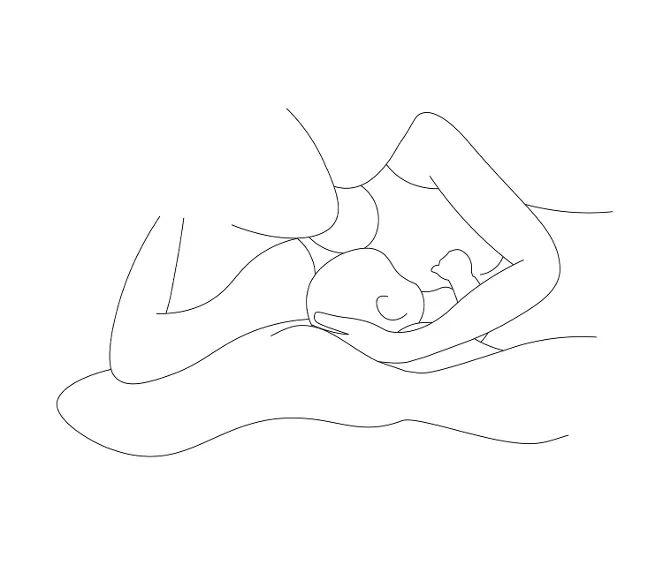
Breastfeeding lying down on your side is another popular position that lots of parents choose, particularly at night-time.
You and your baby lie side by side facing each other. Rolling up a blanket and putting it behind your baby's back will keep them from rolling away from you. Similarly, you can try using a pillow behind your back or between your knees for extra support. You can also cradle your baby with your forearm along their back to help them feed.
This position is good for:
- Parents who are recovering from a C-section
- Night-time feeds
- Those feeding with bigger breasts
Upright breastfeeding positions
There are a variety of upright breastfeeding positions that can suit little ones of all sizes - including premature babies, parents feeding multiples, and those who are recovering from a C-section delivery. These positions can also help parents who have a strong breast milk let-down, breast engorgement or sore nipples.
Cradle hold
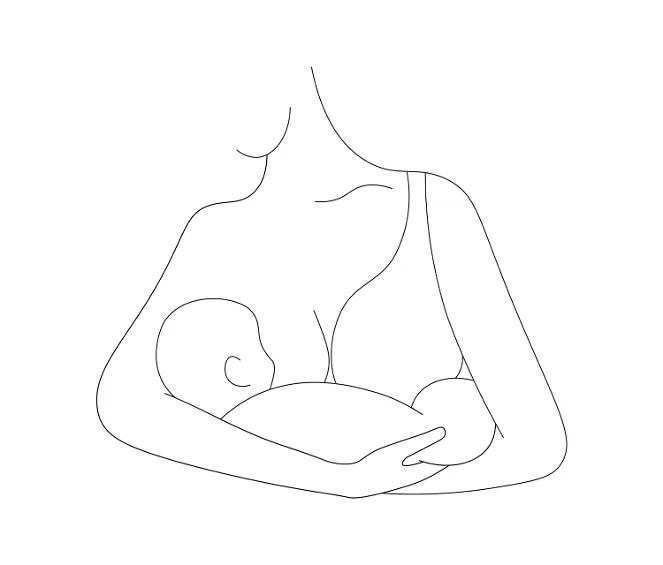
The cradle-hold breastfeeding position is the classic position that probably springs to mind when you think about breastfeeding. Sit upright and position your baby on his or her side, with their neck resting on your forearm and their body positioned against your stomach. Having a cushion behind you is recommended to avoid back strain.
If you decide to use a breastfeeding pillow on your lap, be sure it doesn't position your baby higher than necessary to avoid them straining to latch. This position can often lead to baby's head being forced into an angle while feeding, so it's important to make sure that baby is in a straight line and not off to one side.
This position is good for:
Cross-cradle hold
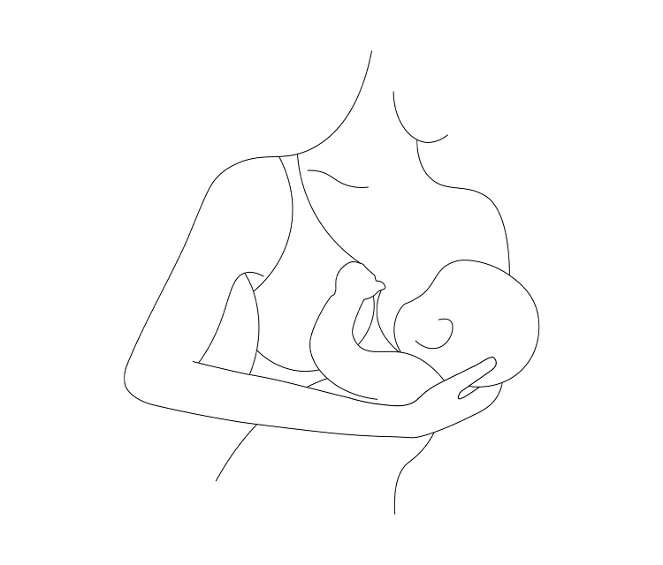
The cross-cradle hold is like the cradle hold, except that your arms switch roles so that your opposite forearm is supporting your baby's body.
Simply hold your baby in the arm opposite the breast you're feeding from (making sure to support their neck and head). With your other hand, support your breast and cradle your baby close to it.
This position is good for:
- Babies who need extra head support
- Babies who have difficulty latching on
- Small and premature babies
Football hold
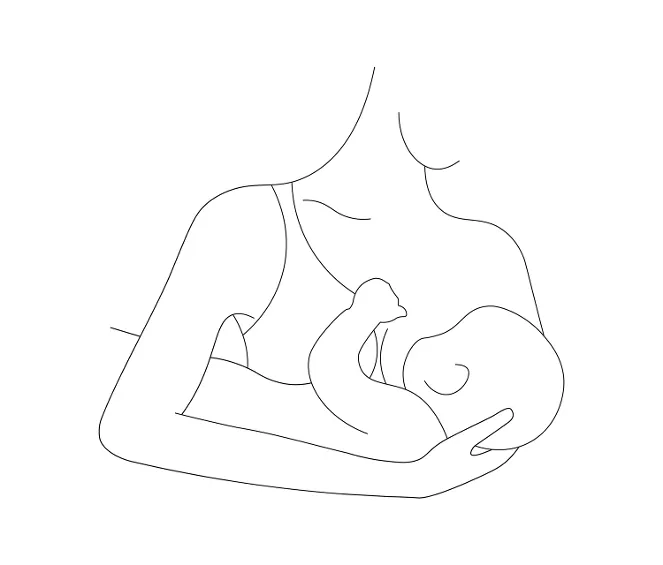
The football hold (sometimes called the 'clutch position') can be achieved by cradling your baby in your arm, using your palm to support their neck, and nestling them closely against your side with their legs tucked underneath your arm.
This position is particularly comfortable for newborn babies. It also helps your baby handle the flow of your breast easier if you have a forceful letdown.
This position is good for:
- Parents recovering from a C-section
- Breastfeeding multiples
- Parents with smaller breasts, inverted/flat nipples, or a strong let-down
- Parents wanting relief from engorgement or sore nipples
- Babies with reflux
Straddle hold
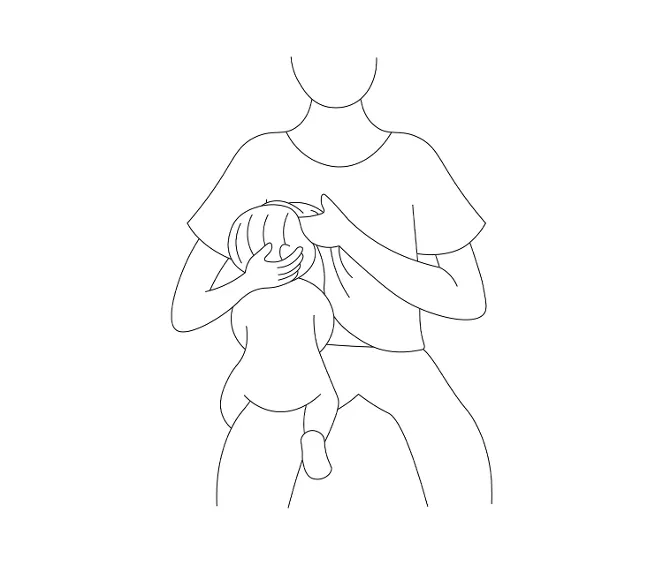
The straddle hold - also known as upright breastfeeding or the 'koala hold' - involves sitting upright and positioning baby on your thigh or at your hip. Their spine and head should be upright as they feed.
This position is good for:
Breastfeeding in a sling
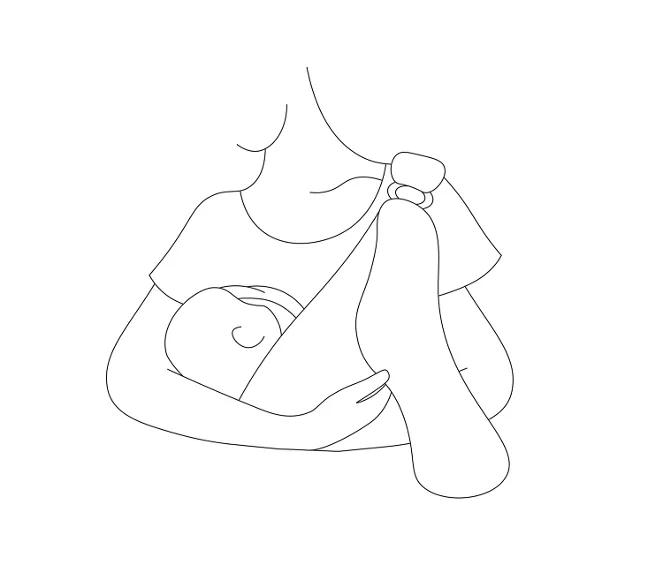
Parents who're out and about may find that breastfeeding while their baby is in a sling is very convenient and keeps their hands free.
Feeding while wearing a sling is best suited to older babies who can hold their head up independently. It can also be suitable for babies who want the comfort of being close to their mum's body while feeding.
When feeding while wearing a sling, it’s important to make sure you can always see your baby’s face and that their chin isn't pressed in against their chest.
